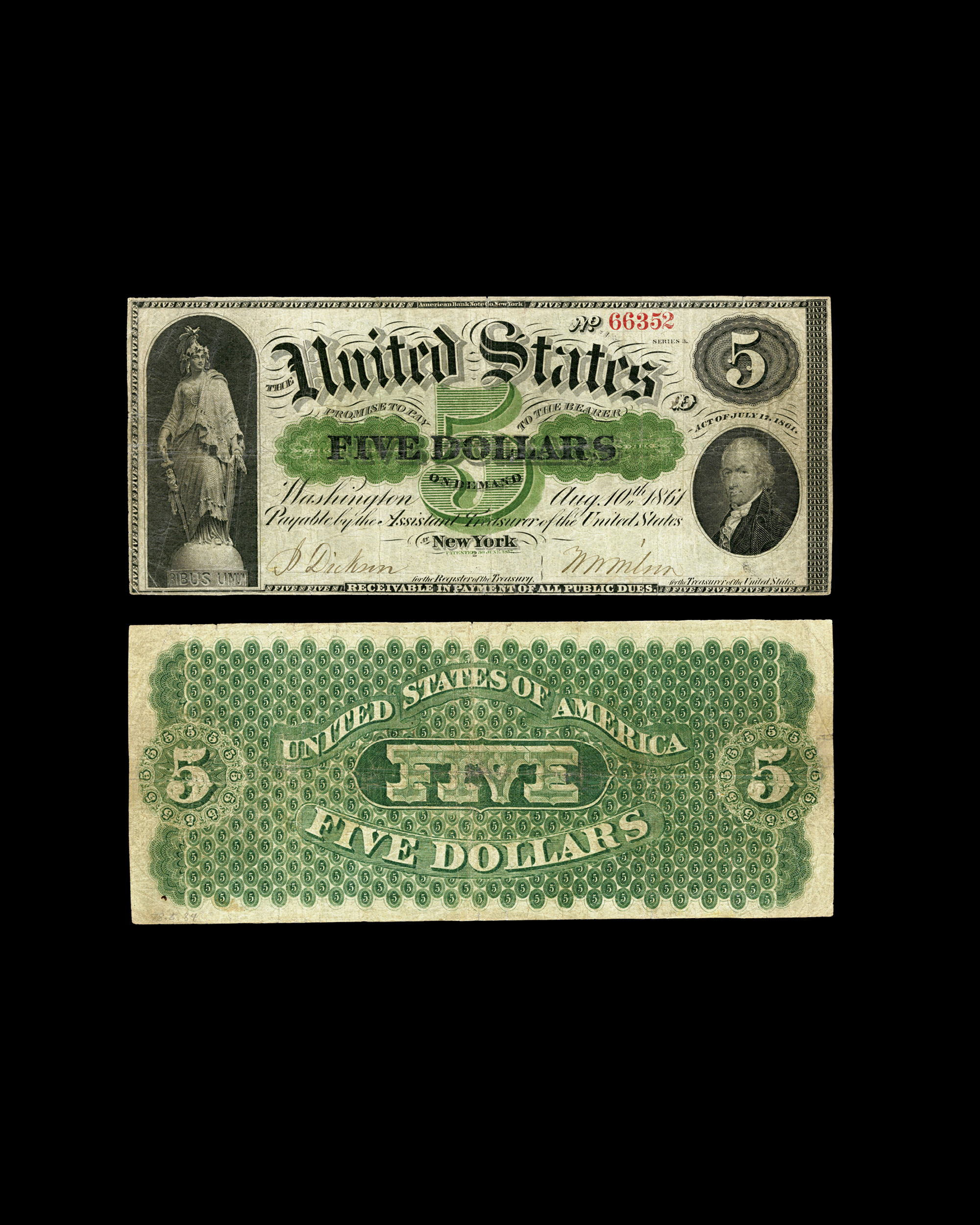Passing Strange: An Interview with Stephen Mihm
Capitalists and counterfeiters in nineteenth-century America
Jeffrey Kastner and Stephen Mihm

In the early days of the republic, the economy of the United States was very far indeed from the carefully regulated, centrally administered, monolithic system that it is today. The emergence of America’s monetary policy was vexed by the same kind of challenges that have always colored its general political discourse—balancing the necessary role of the federal government and the rightful activities of the states, managing distrust between the average citizen and the moneyed elite—and was played out amid a dizzyingly rapid expansion of its population, geographic breadth, and commercial networks. Lacking central control, by the middle of the nineteenth century an ad hoc system of state-chartered banks had given rise to a monetary system of staggering complexity—literally thousands of institutions, ranging from the stable to the tottering to the plain broken, issuing multiple competing currencies, and doing so with almost no oversight.
To complicate matters, what little public faith there was in the banking system—and in the literal tender on which it was based—was further jeopardized by a booming trade in counterfeiting that took advantage of the monetary chaos. As Stephen Mihm explains in his book A Nation of Counterfeiters: Capitalists, Con Men, and the Making of the United States (Harvard University Press), counterfeiters insinuated themselves into every aspect of the nascent economy, utilizing extensive criminal networks designed to exploit the mobility and anonymity of the increasingly modern American state. Their sizeable role in both the economy and the popular imagination in the years leading up to the Civil War—after which a federal banking system was finally instituted—was a testament, writes Mihm, to a historical period when the US itself was “as much a counterfeit as the money that circulated within its borders,” a moment when “capitalists and counterfeiters flourished together ... in the anarchy of the modern marketplace.” Mihm, a professor of history at the University of Georgia, spoke by phone with Jeffrey Kastner.
Cabinet: The title of your book, A Nation of Counterfeiters: Capitalists, Con Men, and the Making of the United States, sets out the cast of characters you’ll use to figure the development of the American monetary system, but it also seems to suggest the possibility that these categories might not have been totally stable. How did you get started on your research and what kinds of things did you find that linked the capitalist and the con man at this moment in American history?
Stephen Mihm: I had been reading a lot of older newspapers from the first half of the nineteenth century and was struck by the public’s obsession with both money—specifically banknotes and their relative values—and the problem of counterfeiting, which according to these accounts seemed to be epidemic at the time. I delved deeper into what had been written about the money supply in that period, and I realized that there had not been a lot of work done on how money functioned, and very little analysis of the historical role of counterfeiting in all this. It occurred to me that counterfeiting was an ideal entrée into the larger story of the history of money, banking, and capitalism from the time of the American Revolution to the Civil War.